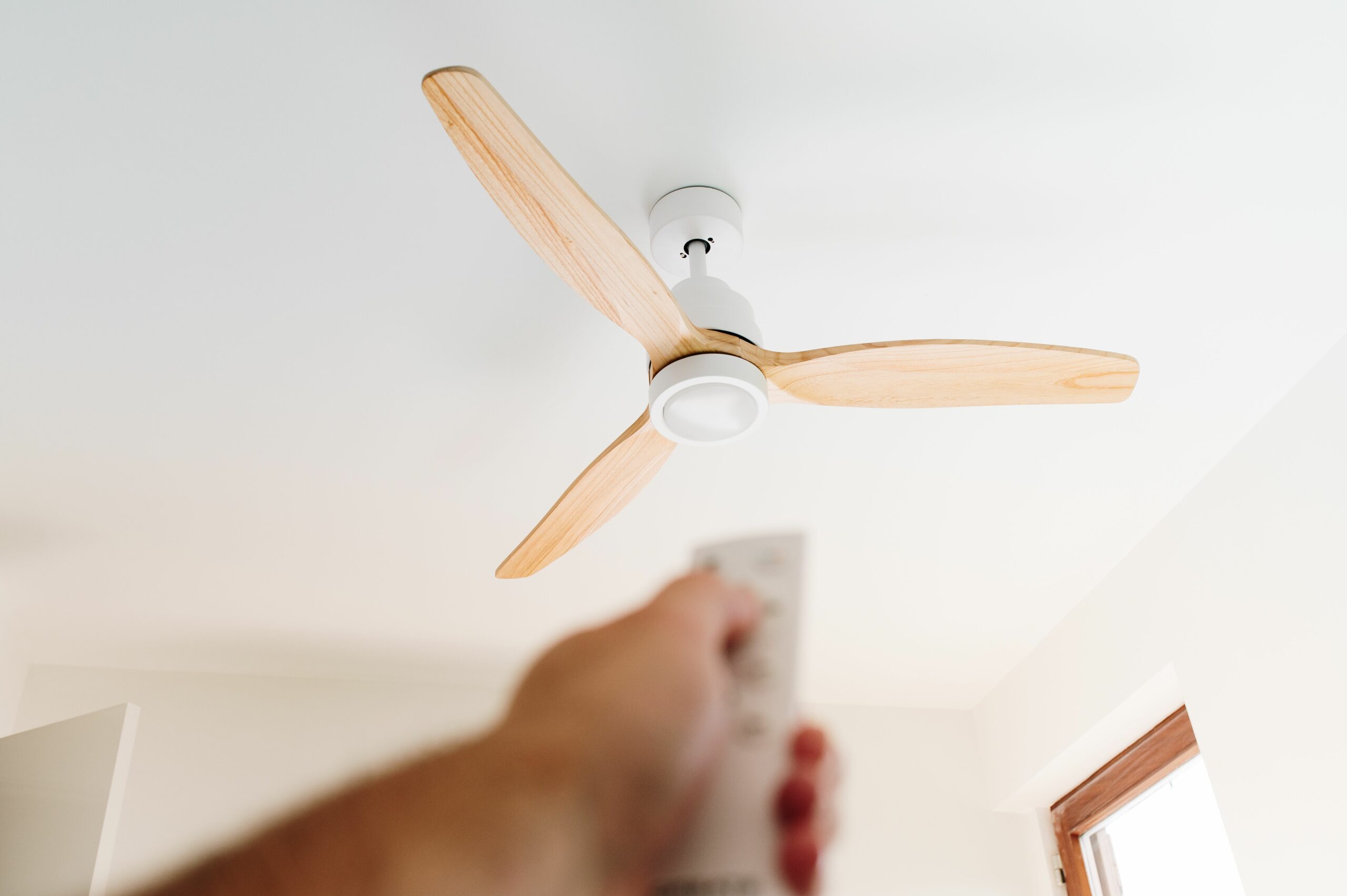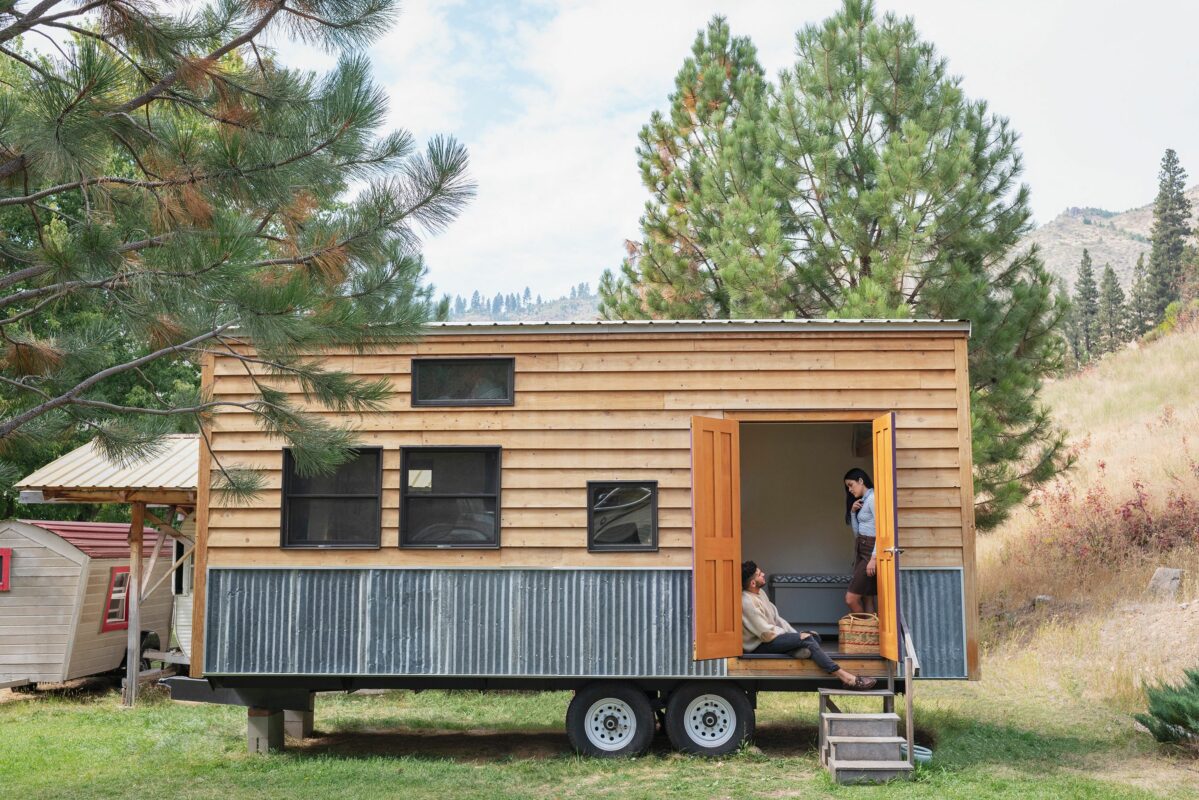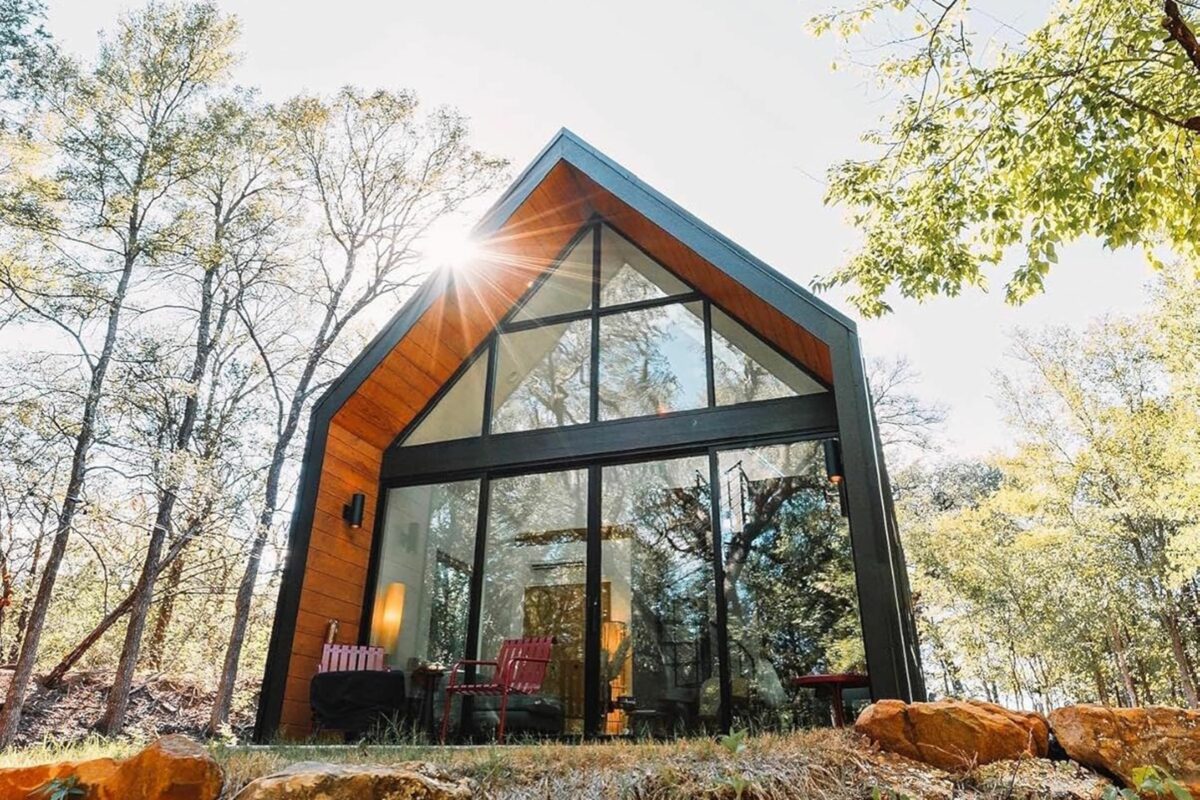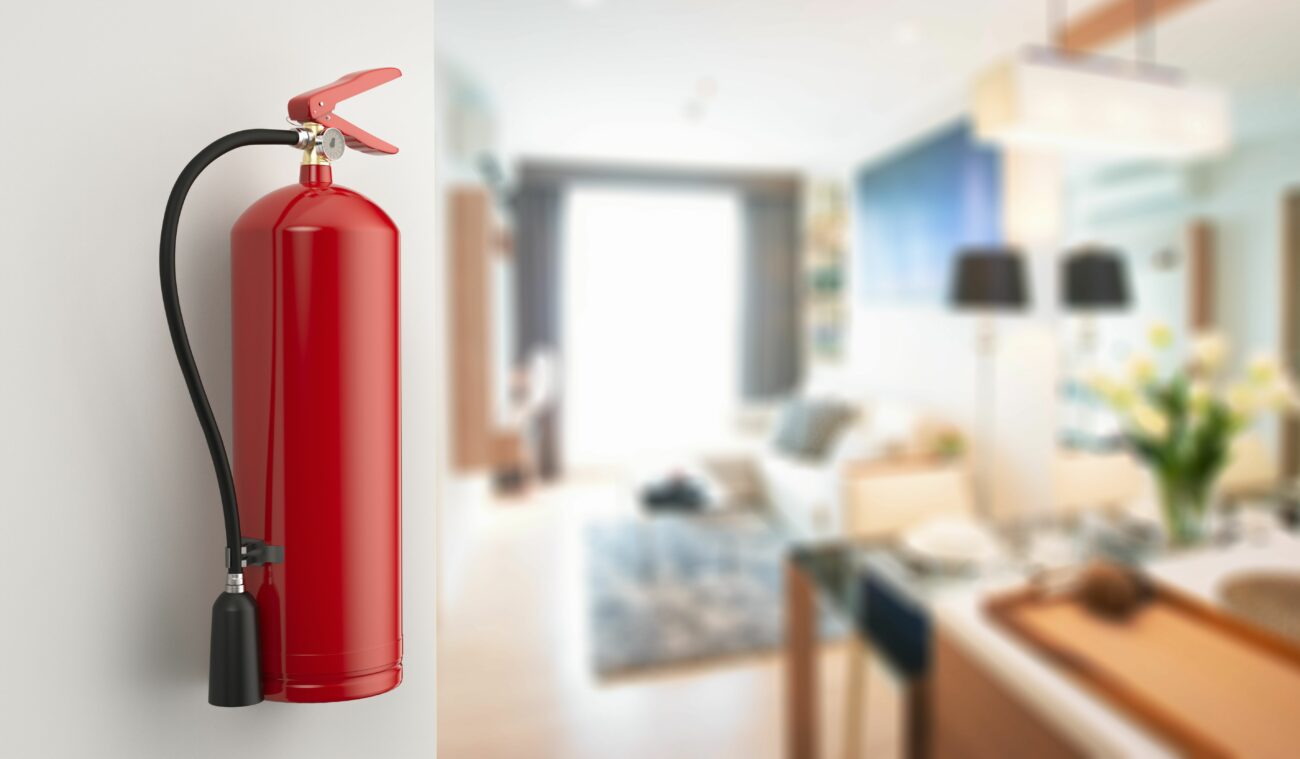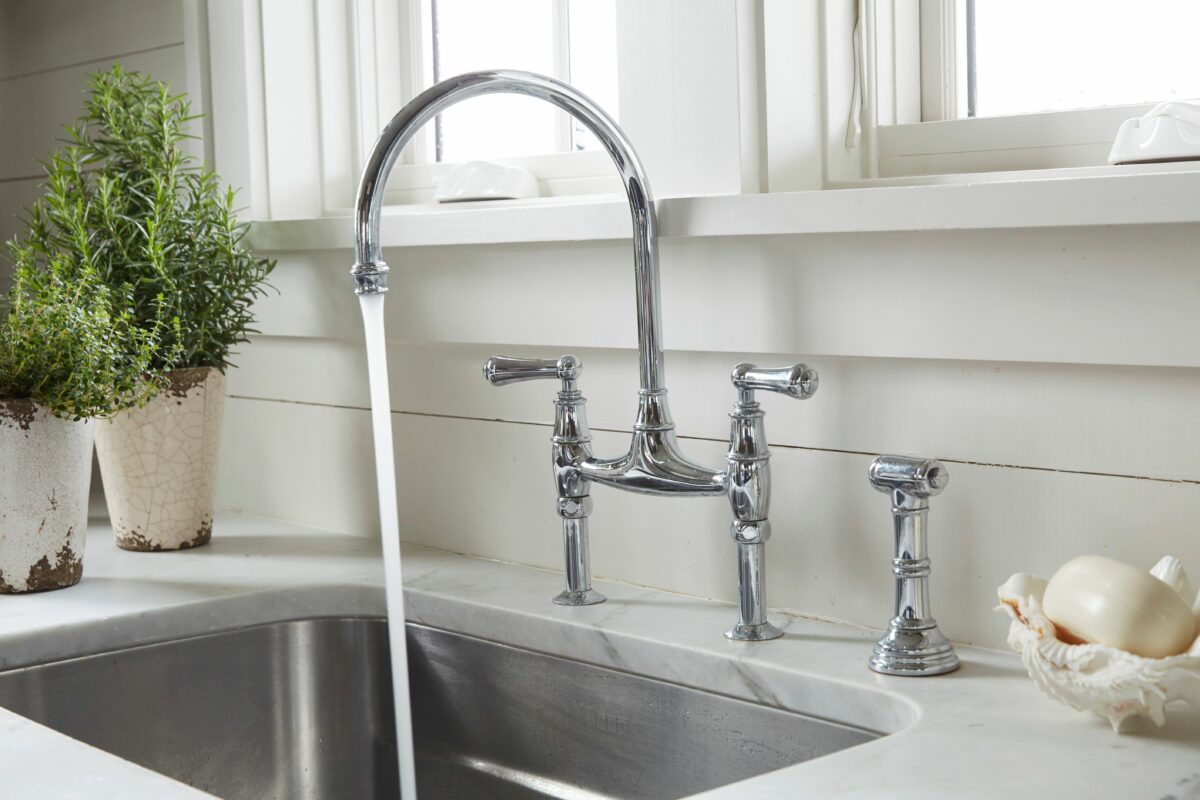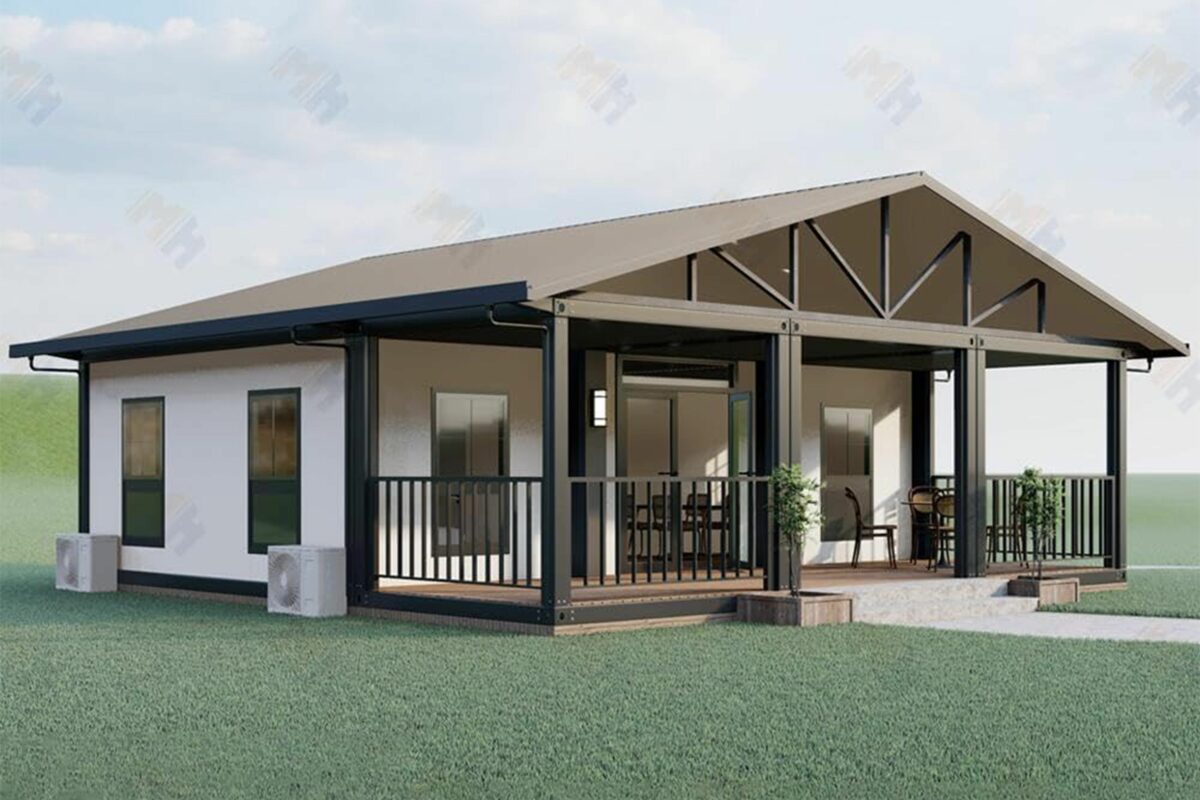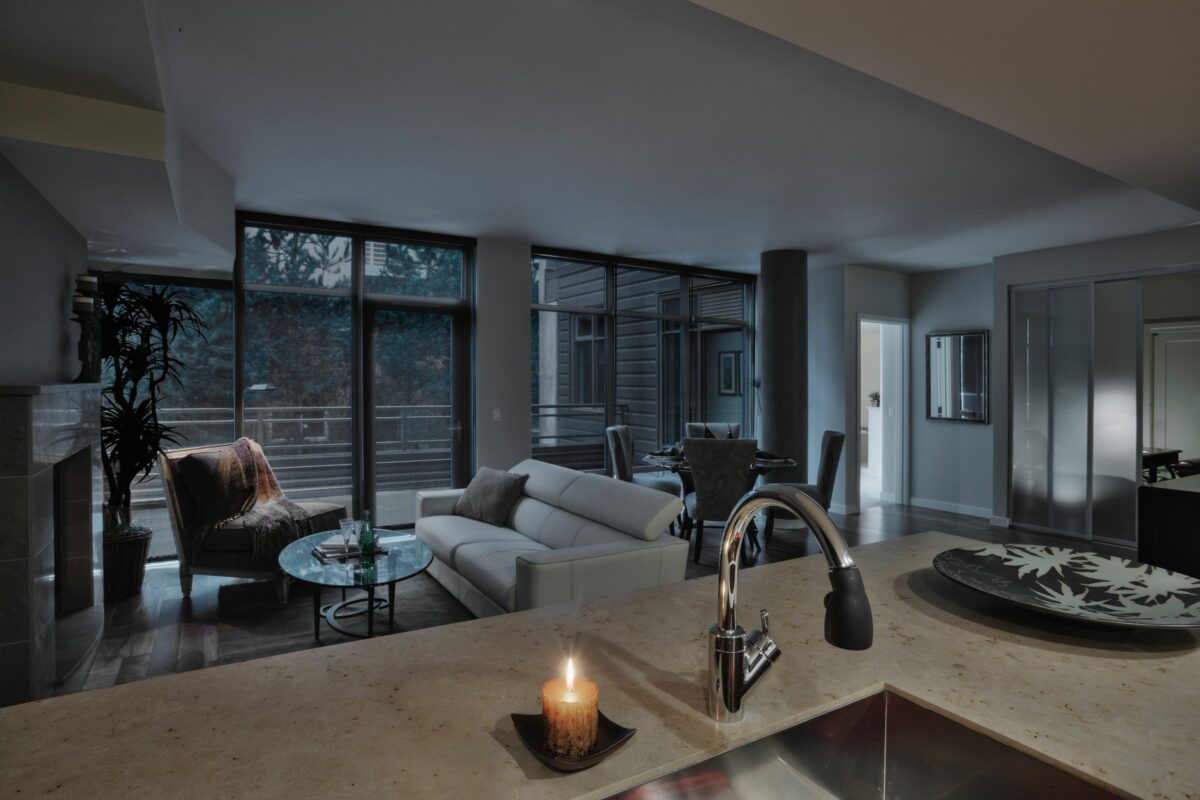In many homes, especially older homes, the second floor feels noticeably warmer than the ground floor. When the second floor is too warm, living conditions can become uncomfortable. Air conditioning and ceiling fans relieve some of the worst heat. however, they also contribute to electricity and energy bills. Employing simple tricks can improve air circulation and address temperature imbalances inside your home.
How Air Circulation Works in a House
Ideally, air circulation maintains a consistent indoor temperature and promotes comfortable airflow inside your home. However, warm air rises while denser cold air sinks, and various other factors, including house layout and the placement of vents, windows, and ducts, also influence air circulation.
A low-tech way to improve air circulation is to generate cross-ventilation by leaving windows and doors open in opposite areas of your home, allowing a natural breeze to flow through the home unobstructed. When conditions are ideal, a cross-breeze alone can minimize the need for energy-intensive methods.
Otherwise, the HVAC system plays a crucial role in circulating air through a series of ducts and vents. Supply vents deliver conditioned air from the HVAC system into the rooms, while return vents pull air from the rooms back into the system to be reconditioned. When circulation is optimal, the air is evenly distributed, and every corner of your home feels pleasant. However, poor circulation can lead to hot and stuffy areas, typically on higher floors, while other areas remain cool and comfortable.
Problems Hindering Air Circulation
Several common issues disrupt air circulation: blocked or dirty air vents and filters, poorly designed ductwork, improperly sized HVAC systems, and closed windows and doors are all possible culprits. The heat generated from appliances, electronics, and lighting exacerbates temperature peaks. Addressing these problems is essential for more comfortable temperatures on your second floor.
6 Ways to Improve Air Circulation at Home
People often overlook low-tech options like ensuring all windows and doors can open fully. Window and door screens, stops, and locks can ensure doors and windows can safely stay open for longer, reducing the need for air conditioning. A well-maintained and energy-efficient HVAC system can also improve air circulation around your home. Try these tips if you’ve covered all these bases and still need help reducing heat on your second floor.
1. Clean and change air filters regularly.
One of the simplest and most effective ways to improve air circulation is to regularly change your HVAC system’s air filters. Dirty filters restrict airflow, making your system work harder and less efficiently. If you have pets or allergies, aim to replace or clean filters every one to three months.
2. Use ceiling fans.
Fans, especially ceiling fans, are excellent tools for improving air circulation. They are also cost-effective for moderating heat conditions. Although fans cannot cool air, they distribute it evenly throughout a room, creating a cooling effect in the summer or pushing warm air out in the winter. Make sure your ceiling fans are set to spin counterclockwise in the warm months to push cool air down and clockwise in the cooler months.
On the second floor, use a fan and AC together to hasten the airflow of conditioned air coming from your AC. Turn off the fan when the job is done or when leaving the room. If your second floor is just under an attic, install an attic fan to relieve pressure on your indoor cooling systems.
3. Rearrange furniture.
Furniture placement can significantly affect air circulation. Bulky furniture, such as couches and cabinets, can obstruct airflow. Place items in a way that doesn’t block vents, windows, or doors. Allow sufficient space between furniture and walls to create clear pathways for air to move.
4. Unblock and clean vents.
Dust, debris, and allergens can accumulate in air ducts over time, restricting air circulation and affecting indoor air quality. Blocked or dirty vents can lessen air circulation and deteriorate indoor air quality. Regularly check that all vents and registers are open. Curtains, furniture, desks, or other household items should not obstruct them. Also, schedule periodic vent cleaning with qualified professionals to ensure the air ducts work efficiently.
5. Utilize exhaust fans.
Use exhaust fans in steamy bathrooms and kitchens to quickly remove hot, humid air from your home. Running these fans during and after cooking or showering prevents excess heat and moisture from building up.
6. Upgrade your thermostat.
A smart, programmable thermostat can regulate your home’s temperature more efficiently than an old one. Newer systems offer zoned HVAC systems, so you can adjust temperatures in specific rooms and floors when you’re home or away. Some smart thermostats also offer features like fan-only modes to improve airflow without heating or cooling. Also, an “auto” setting can be set to a temperature across your home’s entire layout so your first and second floors feel equally comfortable.
Advantages of Improving Air Circulation
Enhancing air circulation in your home offers numerous benefits. Maintaining a consistent indoor temperature can improve residents’ productivity and focus and make it easier to concentrate on tasks. Improved air circulation can reduce energy costs by making your HVAC system more efficient. Additionally, better air circulation reduces the concentration of indoor allergens and pollutants, providing a healthier environment for respiratory health. Adequate circulation also prevents moisture buildup, reducing the risk of mold and mildew in the home.


